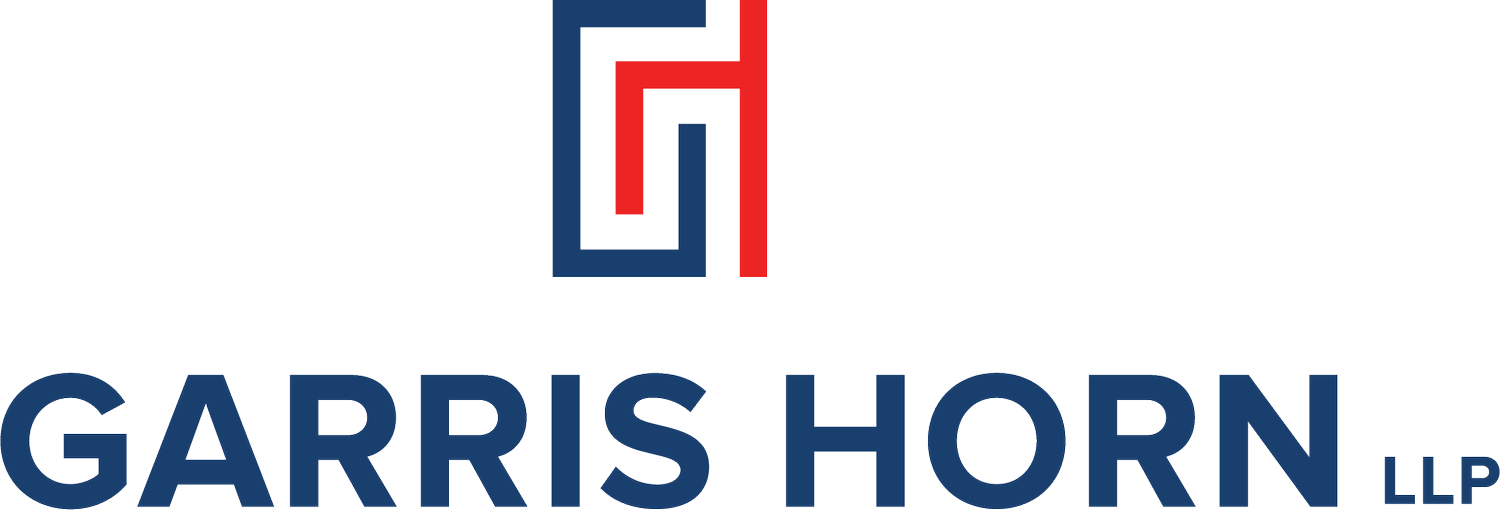CFPB (not BCFP): Newly Confirmed and Appointed Director Kraninger Decides to Stop Mulvaney’s Name Change
Director Kraninger has reportedly announced to staff in an email this week that as of December 17, 2018, she has stopped the change to the CFPB’s name and acronym that former Acting Director Mick Mulvaney had started in early 2018. This was one of the immediate decisions facing Director Kraninger, and she made it quickly, after only having been confirmed on December 6.
As you may recall, soon after becoming Acting Director, Mulvaney announced that the CFPB would cease using the name “Consumer Financial Protection Bureau” and the acronym “CFPB,” and instead only the name “Bureau of Consumer Financial Protection” and the acronym “BCFP” (though he took to calling it the “Bureau”). Mulvaney cited as the reason for the name change that the Dodd-Frank Act refers to the Bureau as the “Bureau of Consumer Financial Protection,” and reportedly even said that the “Consumer Financial Protection Bureau” does not exist.
However, I believe his stated legal basis for the name change is questionable, as the Dodd-Frank Act also refers to the Bureau as the “Consumer Financial Protection Bureau.” For example, section 336 of the Dodd-Frank Act (codified in 12 U.S.C. § 1812(a)(1)(B)) gives the “Director of the Consumer Financial Protection Bureau” a seat on the Board of the Federal Deposit Insurance Corporation (FDIC). In addition, section 1100G of the Dodd-Frank Act (codified at 5 U.S.C. § 609(d)) places obligations on the “Consumer Financial Protection Bureau of the Federal Reserve System” to conduct small business review panels for proposed rulemakings under the Small Business Regulatory Enforcement Fairness Act of 1996. Mulvaney did not resign his seat on the FDIC Board, or state that the CFPB is no longer obligated to conduct small business review panels because the “Consumer Financial Protection Bureau” does not exist. For these reasons, the basis for the name change always seemed suspect to me.
In addition, although Mulvaney stated at the time of the name change that it would not cost anything, it was recently reported that the name change could cost the industry $300 million, and cost the Bureau between $9 million and $19 million. These costs are for the industry and the Bureau to revise required disclosures, websites, and materials. For example, the Closing Disclosure under the TRID rule refers to the “Consumer Financial Protection Bureau,” which would have needed to be changed, as well as disclosures under other rules.
Director Kraninger reportedly called this a “near-term decision” right after her confirmation, and this appears to have been the case. She noted in her announcement to staff regarding her decision that the CFPB will continue to use the legal name “Bureau of Consumer Financial Protection” and the official seal in legal filings and some other materials, but in public facing documents the agency will use the name “Consumer Financial Protection Bureau” and the acronym “CFPB.” I believe this decision is the right one. As you may have noticed, the CFPB has always used the “Bureau of Consumer Financial Protection” in its Federal Register filings and some other documents, and although this decision may cause additional legal filings to use this name, for the public this approach will not be all that different from the agency’s past practice prior to the name change.
So, say goodbye to BCFP, and hello again to CFPB.
